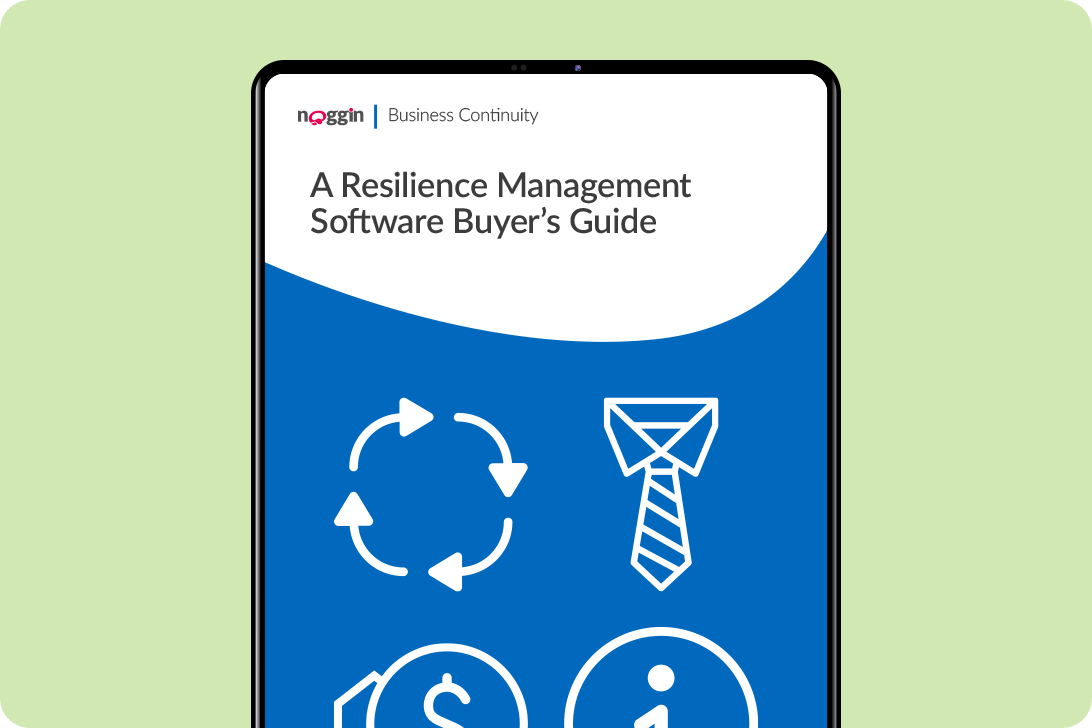Request a Demo
Fill in the form below and we will contact you shortly to organised your personalised demonstration of the Noggin platform.
Meet Noggin
An integrated resilience workspace that seamlessly integrates 10 core solutions into one, easy-to-use software platform.
The Noggin Platform
The world's leading integrated resilience workspace for risk and business continuity management, operational resilience, incident & crisis management, and security & safety operations.
Industries
Explore Noggin's integrated resilience software, purpose-built for any industry.
Enhancing Healthcare with Digital Tech for Emergencies
Best Practice Guide
Catastrophic health event response in the age of COVID-19
The most severe public health crisis in recent memory, the COVID-19 pandemic represents an ongoing challenge to the global healthcare sector. Some of the most advanced public health systems came perilously close to complete collapse under the combined weight of COVID-19 patient surges and acute, if temporary, shortages in protective and life-saving equipment, healthcare personnel, facilities, and other critical resources.
Early hotspots might have since cooled, but the pandemic itself remains resilient. Cases are surging around the world. And most epidemiological forecasts predict persistent case growth over the next one to two years until 60 to 70 percent of the population is immune. That case growth, in turn, will continue to put pressure on the healthcare system for the foreseeable future.
What’s more, the healthcare system now remains more vulnerable than ever to a simultaneous hit by a second catastrophic health event, a natural or manmade incident that results in a number of ill or injured persons sufficient to overwhelm the capabilities of immediate local and regional emergency response and health care systems. That second large-scale emergency might even require evacuations of the populations most vulnerable to severe Covid-19 infection, while generally complicating the fulfilling of social distancing mandates.
Add to that, health systems might have mobilised the necessary technical resources (e.g. PPE for healthcare personnel and ventilators for patients) to respond to the pandemic. But after six months of response, their human resources remain stretched dangerously thin.
Download the full guide to continue reading >>



